The accident happened on the night of September 29. The husband immediately jumped in to save his wife, but due to the late night and strong wind and rain, it took him about 10 minutes to bring his wife to shore.
Seeing his wife unconscious, he immediately performed CPR. After about 10 minutes, Mrs. Thanh regained consciousness but had difficulty breathing and her whole body was cold.
Immediately, he called for everyone to help take her to the medical station for emergency treatment, oxygen, and warming. She was then transferred to Cam Khe Regional Medical Center in the early morning of September 30.
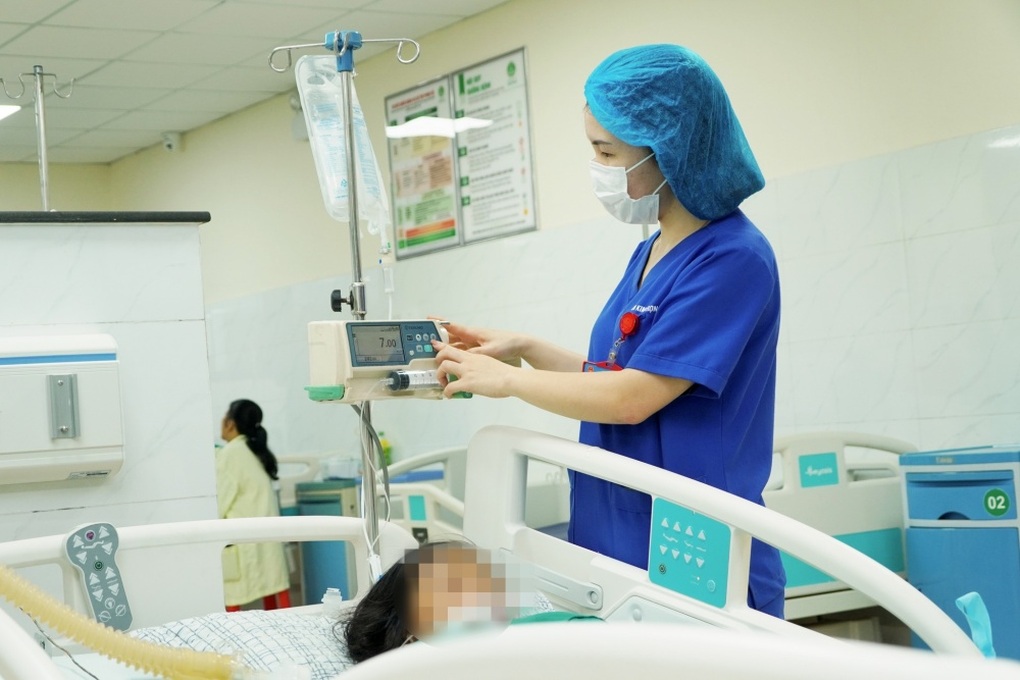
After 9 days of intensive treatment, the patient's health improved significantly (Photo: Provided by the hospital).
According to doctors, the patient was admitted to the hospital in critical condition, panicked and then lethargic, with cold body, pale skin, sweating, difficulty breathing, wheezing, respiratory muscle contractions, reduced lung ventilation, and pink foam coming out of the nose and mouth. Blood gas tests showed metabolic acidosis.
The patient was diagnosed with acute pulmonary edema, respiratory failure after drowning, an extremely dangerous condition.
The patient was intubated, put on continuous blood filtration, given medication according to the intensive care regimen, and closely monitored hourly. After more than 30 hours of mechanical ventilation and intensive treatment, the patient gradually regained consciousness, was able to breathe on his own, and his vital signs returned to normal, and the endotracheal tube was removed.
By the morning of October 2, the patient was able to sit up and eat orally, but continued to use vasopressors. After 9 days of intensive treatment, the patient's health improved significantly and he was discharged on October 8.
BSCKI Ha Huy Men, Head of the Department of Emergency, Intensive Care, and Artificial Kidney, said that the above patient's case is proof that any victim after drowning needs to be taken to a medical facility for examination.
Drowning has many potential risks. Severe cases can cause acute pulmonary edema and life-threatening acidosis. Mild cases can still lead to pneumonia and affect respiratory function.
The story is also a warning for everyone to always be careful in storms, especially in areas with ponds, lakes, rivers and streams.
* Character names have been changed.
Source: https://dantri.com.vn/suc-khoe/kiem-tra-ao-ca-so-tran-do-mua-lon-nguoi-phu-nu-bi-duoi-nuoc-giua-dem-20251009142534786.htm




![[Photo] Prime Minister Pham Minh Chinh chairs a meeting of the Government Standing Committee on overcoming the consequences of natural disasters after storm No. 11](https://vphoto.vietnam.vn/thumb/1200x675/vietnam/resource/IMAGE/2025/10/09/1759997894015_dsc-0591-jpg.webp)
![[Photo] General Secretary To Lam visits Kieng Sang Kindergarten and the classroom named after Uncle Ho](https://vphoto.vietnam.vn/thumb/1200x675/vietnam/resource/IMAGE/2025/10/09/1760023999336_vna-potal-tong-bi-thu-to-lam-tham-truong-mau-giao-kieng-sang-va-lop-hoc-mang-ten-bac-ho-8328675-277-jpg.webp)

![[Photo] President Luong Cuong attends the 80th Anniversary of the Traditional Day of Vietnamese Lawyers](https://vphoto.vietnam.vn/thumb/1200x675/vietnam/resource/IMAGE/2025/10/09/1760026998213_ndo_br_1-jpg.webp)
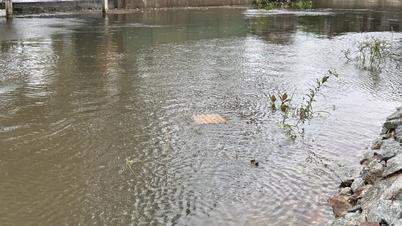





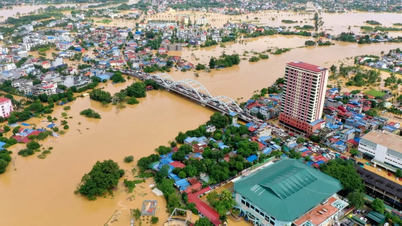

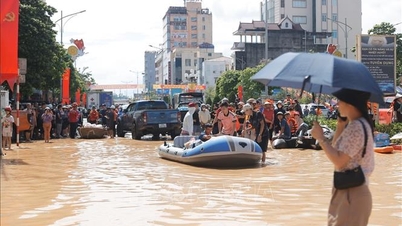

















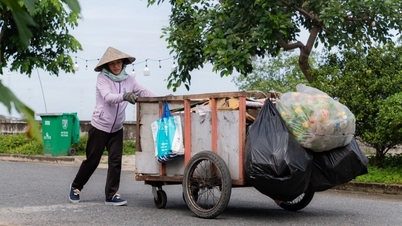


































































Comment (0)